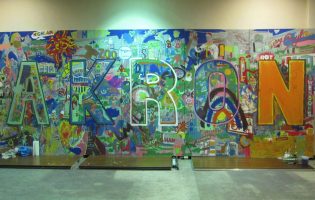
Hard part is just beginning
Chancellor Helmut Kohl was fond of recalling how, before choosing 3 October 1990 as the official date for German reunification, he first checked with the weather bureau. He wanted a …

German Reunification: New Possibilities, New Perspectives, and Our Future Now In Our Hands
The “Wende” and finally the termination of the GDR turned the world upside down for the people in eastern Germany. On the one hand, it changed their daily lives in …

Looking Back at German Reunification Thirty Years Later
Germans have long contrasted the fall of the Berlin Wall in November 1989 with the much more sober formal reunification of East and West Germany in October 1990. The fall …

The Berlin Republic at Thirty: Neither Bonn or Weimar
Rene Fritz Alleman, a Swiss journalist, wrote a book with a famous title at the beginning of West Germany’s history in 1956, Bonn ist nicht Weimar. As the Federal Republic …
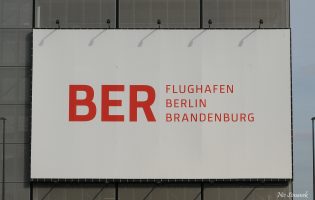
The Saga of Berlin’s Long-Delayed Airport Opening
It’s finally happening: Berlin will soon have a new airport. After decades of repeated delays and mishaps, Berlin Brandenburg Airport (BER) is set to open this fall, with service beginning …
Recent Authors
AGI provides knowledge, insights, and networks as tools to solve the challenges ahead.
Support Our Work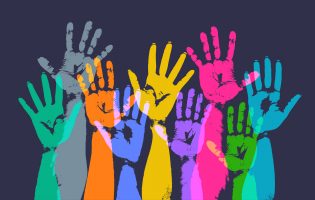
AGI is now accepting applications for its project “Social Divisions and Questions of Identity in Germany and the United States”
Due to the ongoing COVID-19 pandemic, dates for the second year of the AGI project “Social Divisions in Germany and the U.S.” have shifted. The program will now take place …

Rise and Shine, Akron! Can Economic Inclusion Help the Rubber Capital Bounce Back?
Akron, Ohio, went from being the “Rubber Capital of the World” to one of the “losers of globalization.” This journey is as paradigmatic of the industrial heartland of the Midwest …

Deutschland einig Mutti-Land?
Characterized as “the triumph of the Vaterland,” unification was a male-normed, male-dominated process, despite the significantly different gender regimes found in the two German states through 1989. In July 1990, Helmut Kohl …
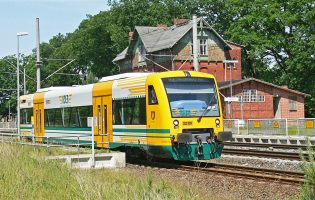
Inner Unity and Regional Diversity
The unification of the two German states in 1990 prompted expectations of harmonization in political culture and promises of equivalent living conditions. Almost three decades later, the revival of narratives …

The Economics of AfD Expansion
With the right-wing populist Alternative for Germany (AfD) achieving almost 25 percent in the elections in the two east German states of Brandenburg and Saxony in September 2019, and both …
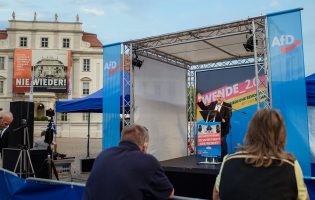
The 2019 Regional Elections in the East: Small States, Big Impact
On September 1, the eastern German states of Brandenburg and Saxony will elect new state parliaments (Landtage). Both are relatively small states with 2.5 million and 4 million people respectively …
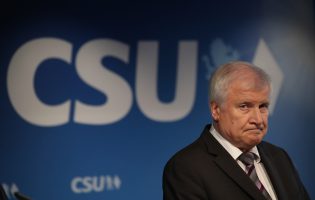
Statement of a Polarized Society: The Bavarian Election Results
The results of the October 14, 2018, Bavarian elections mark a watershed in German politics. So far, the Free State has been the last bastion of the conservative Christian Democrats …

The Berlin Wall: Limits and Legacies of Divisions
Fifty-seven years ago this week, the most tangible symbol of the Cold War started to emerge in the morning hours of August 13. As the East German government stretched barbed …



